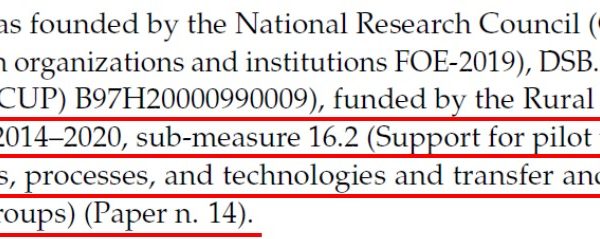
Zinc (Zn) is an essential key nutrient in different biochemical and physiological processes. The nutritional deficit of this mineral element is estimated to affect the health of over 3 billion people worldwide. Several strategies are available to reduce the negative impact of mineral malnutrition; among them, biofortification is the practice of deliberately increasing the nutrients and healthy compounds in the edible parts of vegetables. This study aims to evaluate Zn bioaccessibility in biofortified and non-biofortified rocket and purslane using an in vitro gastrointestinal digestion process and measure the concentration of other mineral elements (Al, B, Ca, Fe, K, Mg, Mn, and Sr) released during the digestion process from rocket and purslane biofortified with Zn. The bioaccessible Zn in biofortified rocket and purslane ranged from 7.43 to 16.91 mg/kg, respectively. In addition, the daily intake, the RDA coverage (%), and the hazard quotient (HQ) for the intake of Zn (resulting from the consumption of 100 g of rocket and purslane) were calculated. The calculated HQ highlights the safety of these baby leaf vegetables. The study confirms that it is possible to obtain Zn-biofortified rocket and purslane with high Zn bioaccessibility by adopting an appropriate mineral plant nutrition solution enriched in Zn.
Keywords: in vitro digestion process; floating system; baby leaf; hazard quotient; RDA
Riferimento bibliografico: D’Imperio, M.; Montesano, F.F.; Serio, F.; Santovito, E.; Parente, A. Mineral Composition and Bioaccessibility in Rocket and Purslane after Zn Biofortification Process. Foods 2022, 11, 484. https://doi.org/10.3390/foods11030484
Link (open access): https://www.mdpi.com/2304-8158/11/3/484

